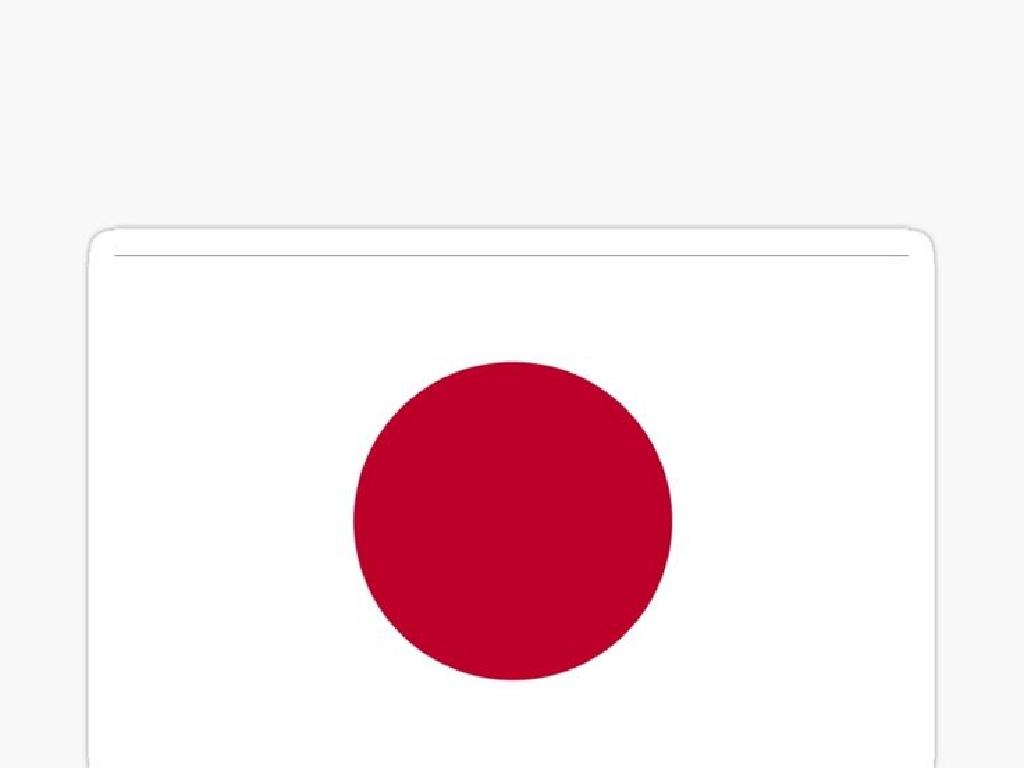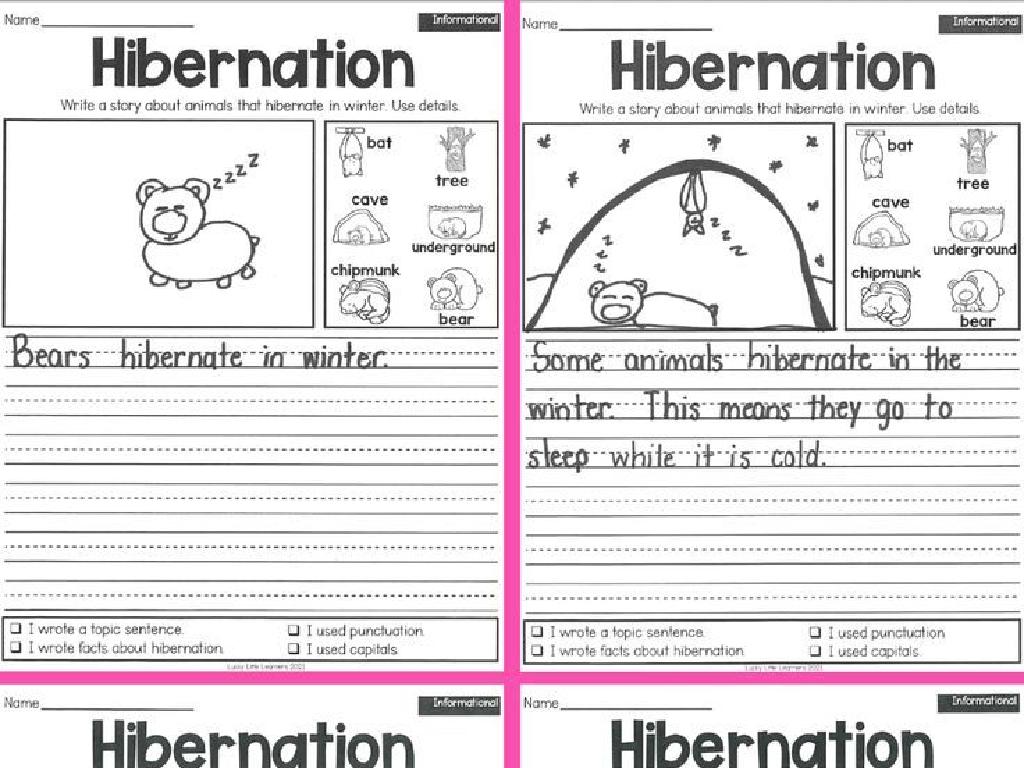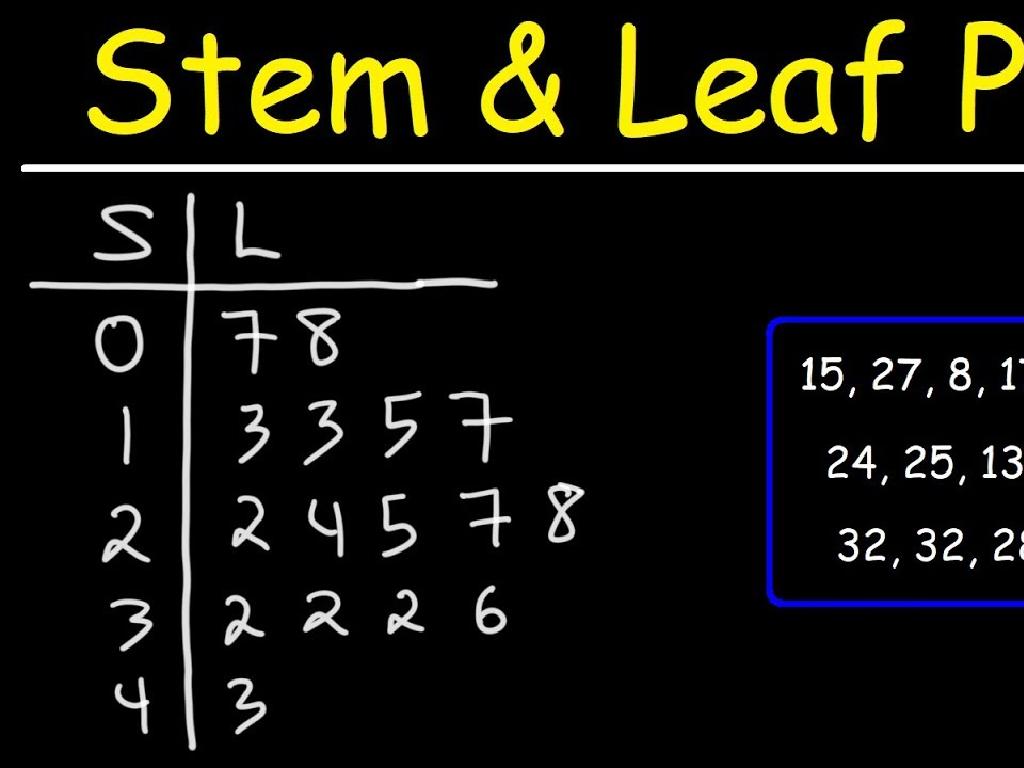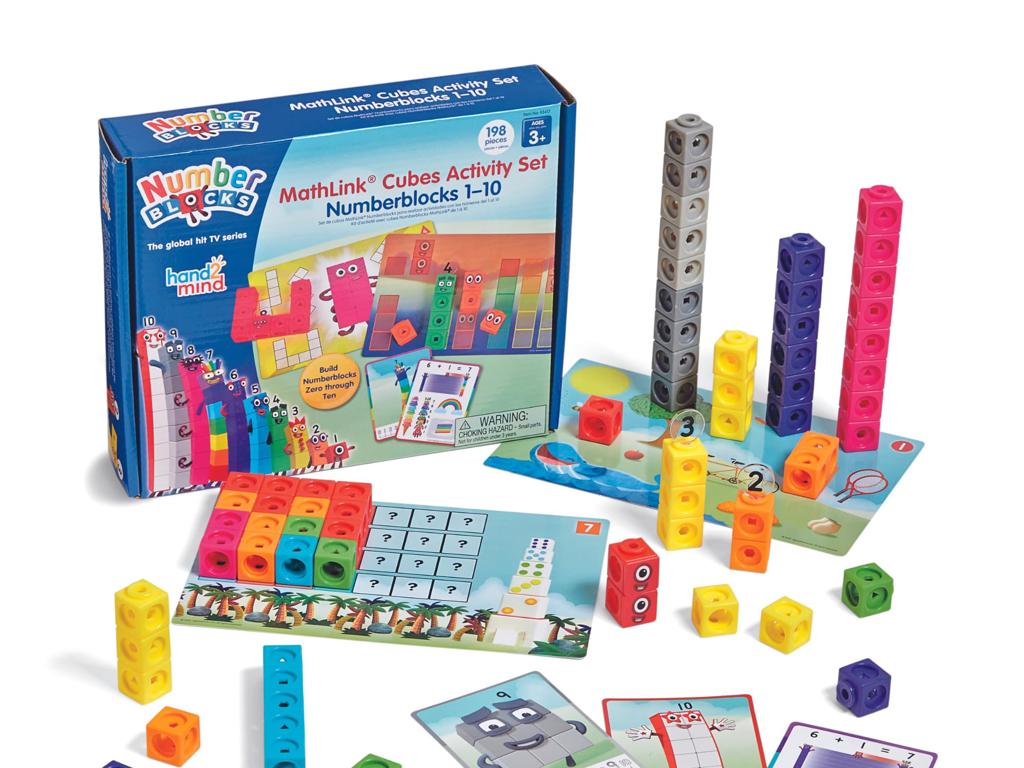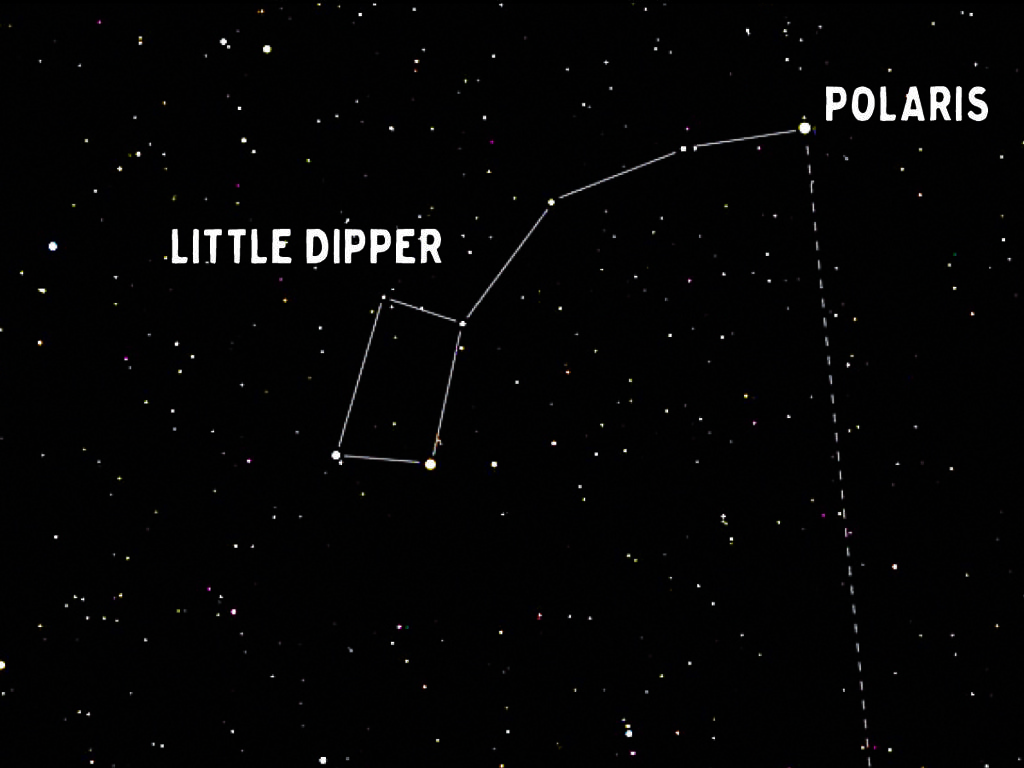Interwar And World War Ii
Subject: Arts and humanities
Grade: High school
Topic: World History Project - 1750 To The Present
Please LOG IN to download the presentation. Access is available to registered users only.
View More Content
The Interwar Period: A World Between Wars
– Post-WWI political & social shifts
– Shifts include changes in borders and the emergence of new nations.
– Global economic depression
– The 1929 stock market crash led to worldwide economic hardship.
– Rise of totalitarian regimes
– Totalitarian leaders emerged, reshaping politics in Germany, Italy, and the USSR.
– Cultural changes & advancements
– The period saw innovation in arts, while challenging traditional norms.
|
This slide introduces students to the complex and transformative era between World War I and World War II. It’s crucial to discuss the significant political and social changes that occurred post-WWI, including the redrawing of borders and the formation of new countries. Highlight the global economic depression, sparked by the 1929 stock market crash, which had far-reaching effects on international economies and politics. Address the rise of totalitarian regimes, which would lead to global conflicts and the onset of WWII. Also, touch upon the cultural changes, including the Harlem Renaissance and the spread of jazz music, which marked this period as one of both turmoil and creativity. Encourage students to consider how these changes set the stage for the events leading up to WWII.
Rise of Totalitarian Regimes
– Define totalitarianism
– A government system where the state holds total authority over society and seeks to control all aspects of public and private life.
– Totalitarian leaders’ rise
– Stalin in the USSR, Mussolini in Italy, and Hitler in Germany gained absolute power, promising stability and order during times of unrest.
– Societal impact of regimes
– Societies experienced intense propaganda, suppression of dissent, and state control over individuals’ lives.
– Political consequences
– These regimes often led to aggressive expansionist policies, contributing to the outbreak of World War II.
|
This slide aims to introduce students to the concept of totalitarianism and its defining characteristics. It will cover the historical context that allowed leaders like Stalin, Mussolini, and Hitler to rise to power, emphasizing the conditions that fostered the appeal of totalitarian regimes. Discuss the profound impact these regimes had on society, including the loss of personal freedoms and the use of propaganda. Highlight the political consequences, such as the aggressive policies that led to global conflict. Encourage students to consider the implications of such regimes on the arts and humanities, including censorship and the use of art as propaganda.
Cultural and Artistic Movements: Interwar Period
– Art mirroring societal changes
– Art depicted the era’s political, economic, and social shifts.
– Dada, Surrealism, and Bauhaus exploration
– Dada rejected norms, Surrealism unlocked the unconscious, Bauhaus embraced functionality.
– Movements’ impact on modern art
– These movements shaped contemporary art forms and techniques.
– Cultural influence of art movements
– Art movements influenced fashion, architecture, and design.
|
This slide aims to explore the relationship between art and society during the interwar period, highlighting how art movements like Dada, Surrealism, and Bauhaus were both a reflection of and a response to the societal tensions and innovations of the time. Dada’s anti-establishment stance, Surrealism’s exploration of the subconscious, and Bauhaus’s focus on functional design all contributed to significant shifts in the art world. These movements have left a lasting impact on modern art, influencing various aspects of culture including fashion, architecture, and design. Encourage students to consider how these historical art movements continue to affect contemporary artistic expression and cultural trends.
The Path to World War II
– Treaty of Versailles’ impact
– Harsh reparations and territorial losses led to German resentment.
– Events triggering WWII
– Includes Hitler s rise to power and invasion of Poland.
– Appeasement policy’s role
– Attempts to avoid war by conceding to aggressor demands.
– League of Nations’ failure
– Its inability to prevent conflict highlighted by the war’s onset.
|
This slide aims to outline the key factors that set the stage for World War II. Begin with the Treaty of Versailles, which ended World War I but sowed the seeds of discontent in Germany due to its punitive terms. Discuss the series of events that escalated tensions, such as the rise of totalitarian regimes, and the invasion of neighboring countries by fascist leaders. Explain the concept of appeasement, where European powers, particularly Britain and France, allowed Hitler to annex territories in hopes of avoiding another war. Lastly, address the ineffectiveness of the League of Nations, which was created to maintain peace but failed to stop the aggressions that led to WWII. Encourage students to consider how these factors interplayed to create a global conflict. Provide examples such as the Rhineland remilitarization, Anschluss, Munich Agreement, and the invasion of Poland to illustrate these points.
World War II: A Global Conflict
– Axis vs. Allied Powers overview
– Axis: Germany, Italy, Japan. Allies: UK, USA, USSR, etc.
– Major WWII battles and turning points
– Battles like Stalingrad, Midway pivotal to war’s outcome.
– Understanding the Holocaust
– Systematic genocide of Jews and others by Nazi Germany.
– WWII’s impact on global history
– WWII reshaped borders, societies, and global relations.
|
This slide aims to provide students with a concise overview of World War II, emphasizing the conflict’s scale and its lasting effects on world history. Begin by discussing the key nations involved in the Axis and Allied Powers, highlighting their leaders and the ideologies driving the war. Move on to the major battles, such as the Battle of Stalingrad and the Battle of Midway, which were crucial in determining the war’s direction. Address the Holocaust, ensuring students grasp its significance as a horrific event in human history. Finally, discuss how WWII led to a restructured world, laying the groundwork for the Cold War and significantly altering the political landscape. Encourage students to reflect on the war’s human cost and the importance of historical memory.
Consequences of World War II
– Formation of the United Nations
– A global organization to promote peace and cooperation.
– Rise of decolonization movements
– Countries in Asia, Africa began to demand independence.
– Start of the Cold War era
– Tensions between the US and USSR led to a new geopolitical conflict.
|
This slide aims to summarize the major global shifts that occurred as a result of World War II. The formation of the United Nations marked a significant effort to prevent future conflicts and foster international cooperation. Highlight the UN’s role in maintaining peace and security, and its impact on international law and human rights. The decolonization movements across Asia and Africa were fueled by the weakening of European powers post-WWII, leading to a wave of newly independent nations. Discuss the factors that contributed to these movements, such as nationalist sentiments and the role of wartime experiences. The beginning of the Cold War era introduced a period of political and military tension between the United States and the Soviet Union, shaping international relations for decades. Explore the ideological differences and events that led to the Cold War. Encourage students to consider how these consequences have shaped the modern world.
Class Activity: Analyzing Primary Sources
– Break into small groups
– Analyze interwar & WWII documents
– Focus on letters, speeches, photographs, etc.
– Present and discuss findings
– Consider the source’s origin, purpose, and context
– Reflect on historical insights
– How do these documents make the past more tangible?
|
This activity is designed to engage students with the historical period between the wars and World War II through primary sources. Divide the class into small groups, assigning each a different set of primary source documents such as letters, propaganda posters, or political speeches. Provide guidance on how to analyze these sources, questioning their origin, purpose, and context. After analysis, each group will present their findings to the class, discussing the different perspectives and experiences these documents represent. Encourage students to reflect on how these sources provide a window into the lives of people during these tumultuous times. Possible activities: one group could analyze political cartoons for propaganda, another could examine soldiers’ letters home, and another could study speeches by world leaders of the time.

